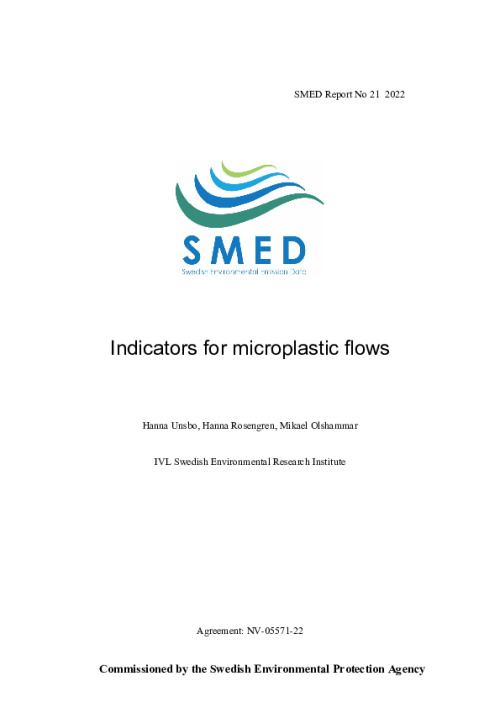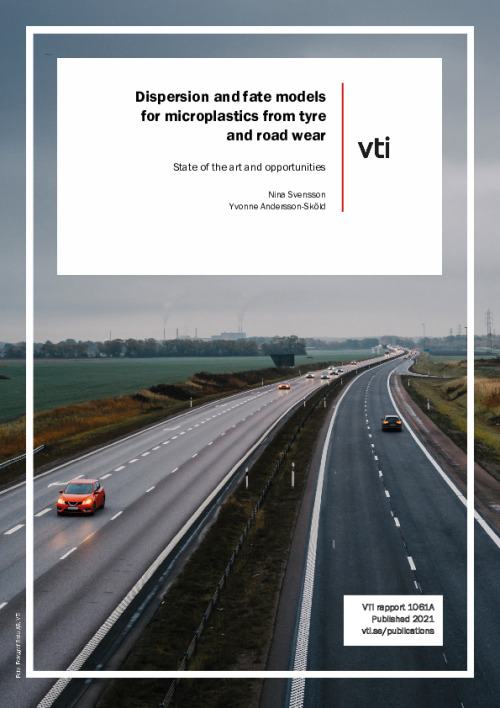Upstream mitigation of microplastics at industrial laundry and the impact at the wastewater treatment plant
The aim with the project was to generate knowledge of upstream measures to mitigare emissions of microplastics at an industrial laundry. The aim of the project was also to increase the knowledge of amounts and sizes of the microplastic emissions. Two full-scale trials were carried out at Textilias laundry in Rimbo -Sweden, during Oct-Sept 2022.
This project evaluated two full-scale pilots, drumfilter and ultrafiltration, for mitigating microplastics (MP) emissions to the wastewater at Textilia’s industrial laundry in Rimbo, Sweden. The laundry was selected because it is providing ca 20% of the inlet organic load to the relatively small wastewater treatment plant. The contribution of synthetic fibre fragments (MPs) is to a large extent polyester. This would make the analyses of potential differences before and after mitigation measures easier. Samples from the laundry before/after filtration including sludge samples from the WWTP were analyzed. The project also included a visit to an industrial laundry in Belgium to see the concept “Hydro for laundries” (a system for recirculation of process water) in operation and to collect wastewater samples for analysis. Simple cost estimates are included for all three concepts.
The results show that the fibres and fibre fragments /particles from both wastewater and sludge predominantly are in the lower range, 10-100 µm. The filtration measures itself were effective, and the mass of synthetic fibre/fibre fragments were reduced in the range of 83% and 99,5%. However, the reduction from the laundry did not seem to have an effect on the microplastic content in the sludge. One reason can be that the 80% inlet load from households (incl laundry), restaurants etc, “drowned” the impact from the laundry.
Comparing reference samples from Rimbo WWTP to three other WWTPs in Sweden, the result show that Rimbo has a significant higher concentration of polyester. This indicates that the laundry, as a large point source of polyester, contributes to the polyester content in the sludge.
Total suspended solids (TSS) and on-line image analysis are discussed as possibilities for a simpler and cheaper way of monitoring microplastic emissions from laundries.
The project also included a questionnaire to the members of the Swedish Textile Service Association. The aim was to get an overview of the microplastics issue in the Swedish textile service sector and the readiness for possible coming EU-restrictions.



